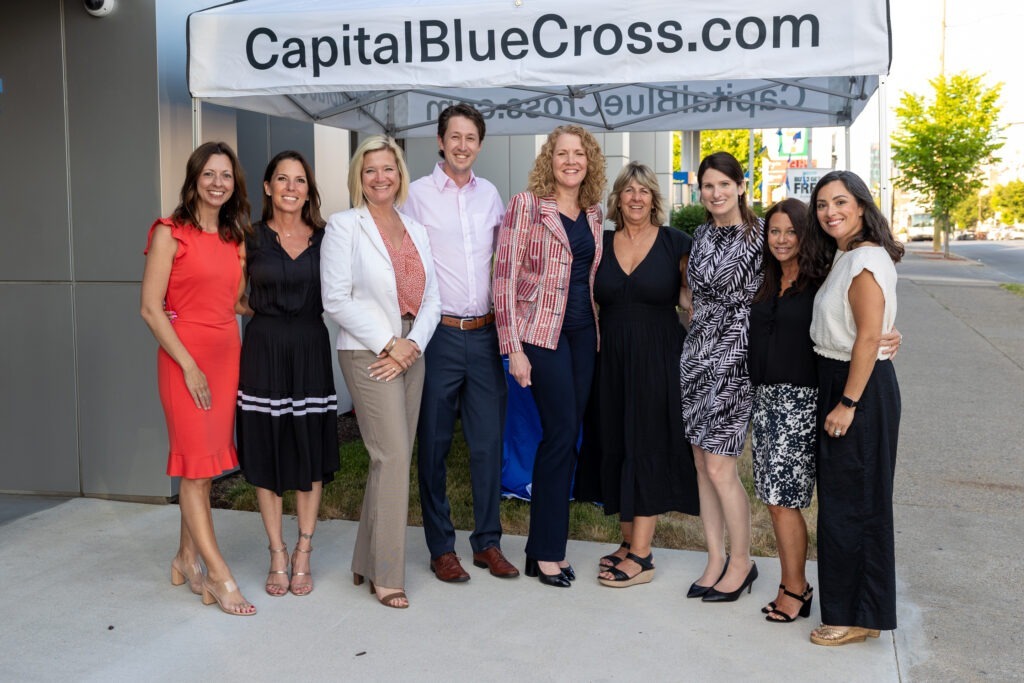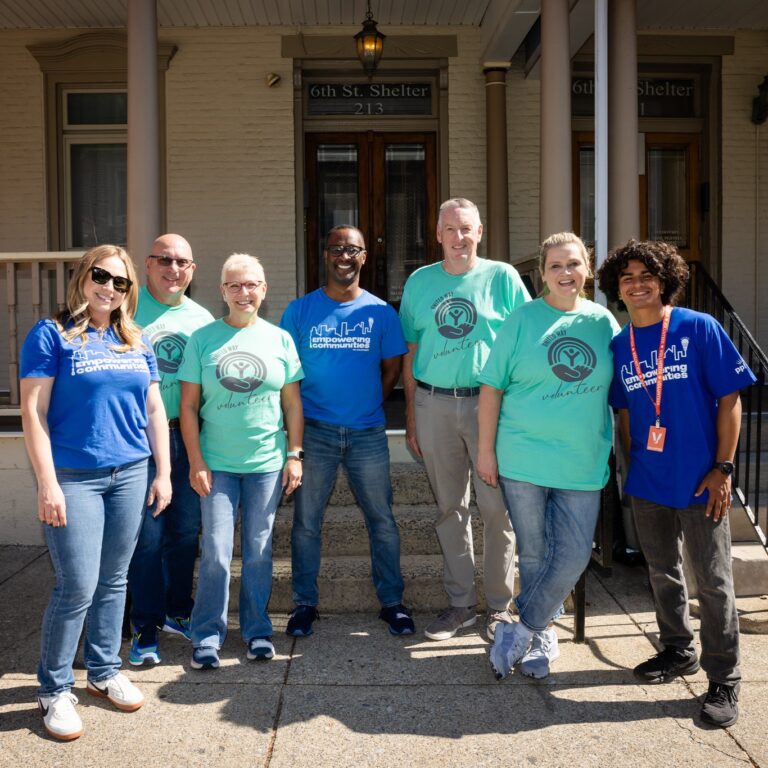New Incentives for Charitable Giving
Overview
Your IRA is more than just a retirement account—it’s a powerful tool for charitable planning. Congress has expanded QCDs while the SECURE Act reshaped retirement plan rules. Together, these laws create important opportunities for donors who want to give strategically.
QCDs at a Glance (2025)
- Eligibility: IRA owners age 70½+ (certain IRA beneficiaries may also qualify).
- Annual QCD limit (outright gifts): Up to $108,000 per person in 2025 (indexed annually).
- Tax treatment: QCDs are excluded from income (no itemized deduction taken).
- Counts toward RMDs: Amounts given via QCD can satisfy your RMD for the year.
- Mechanics: Must be a direct transfer from the IRA custodian to the qualified charity.
New QCD Opportunities (Life-Income Option)
- One-time election: You may once in your lifetime use a QCD to fund a CGA or a CRT.
- 2025 dollar cap: Up to $54,000 (indexed annually).
- This counts toward your same-year overall QCD limit (e.g., the $108,000 in 2025).
- Beneficiaries: Payments may benefit only you and/or your spouse.
- Payment taxation: Fully taxable as ordinary income to the payee.
- RMD coordination: A life-income QCD does count toward that year’s RMD.
- Funding source: The CGA/CRT must be funded exclusively with IRA-QCD dollars for this election.
SECURE Act Highlights
- RMD start age: Generally 73 now for individuals born 1951–1959; increases to 75 for those born in 1960 or later (effective in 2033).
- Inherited IRAs — 10-Year Rule: Most non-spouse heirs must empty inherited IRAs within 10 years (exceptions apply for eligible designated beneficiaries such as a surviving spouse, certain disabled or chronically ill individuals, a minor child of the decedent, or a beneficiary less than 10 years younger than the decedent).
- Tax efficiency: Pre-tax retirement plans left to individuals are taxed at ordinary income rates; amounts left to charity are received tax-free by the charity.
Why This Matters
- Scale of opportunity: Baby Boomers hold trillions in retirement assets—the largest pool of potential legacy gifts.
- Dual benefits: Reduce taxes, meet RMDs, create lifetime income (via CGA/CRT), and leave a legacy.
- Future growth: As Congress sees the success of these provisions, charitable IRA options may expand further.
What You Can Do
- Review your IRA and estate plan with a qualified advisor.
- Choose the right path:
- Use annual QCDs (up to $108,000 in 2025) for direct charitable support, or
- Consider the one-time life-income QCD (up to $54,000 in 2025) if guaranteed payments for you/your spouse are valuable.
- Execution: Arrange QCDs as direct transfers from your IRA custodian; retain the charity’s acknowledgment for your records.
Fine Print (common misunderstandings)
- The life-income QCD is once per lifetime and must be completed in a single tax year (not spread over multiple years).
- CGA/CRT funded under this rule must be QCD-only (no add-on cash or securities).
- At modest amounts, a CGA is typically more practical than a CRT due to administrative costs.
“Giving through United Way provides us with a simpler and more structured way to support the charities and organizations we believe in.”
Paul and Rebecca Francis
Tocqueville Society Members

Leadership Circle spotlights
-
Nearly 1,500 Volunteers UNITE to Transform the Valley in a Single Day of Service at United Way’s 32nd Day of Caring, Presented by Crayola
Volunteers from 60 companies and organizations kick off the 2025 United Way campaign during Lehigh Valley’s largest, single-day volunteer effort.
-
15 Years of Impact: Why the Pessinas Choose to Give Back
Member spotlight: Michael and Michele Pessina have supported United Way for over 15 years, driven by a shared belief in giving locally. Their passion for education, children and lasting impact continues to shape a stronger Lehigh Valley community.

















